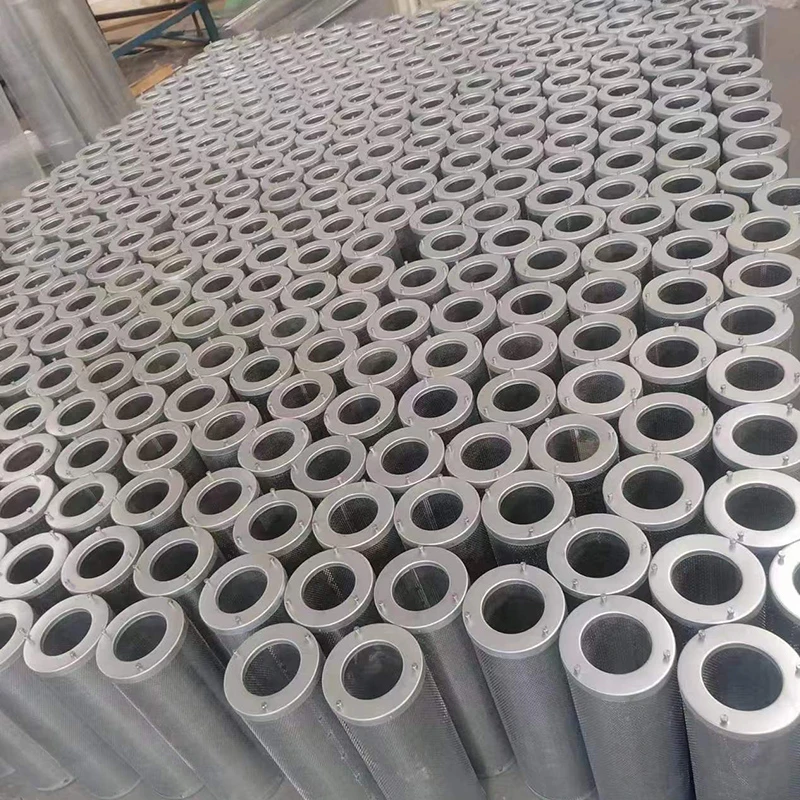 Tel:
+8615930870079
Tel:
+8615930870079
11月 . 28, 2024 10:14 Back to list
Effective Antistatic Filter Elements for Enhanced Air Quality and Protection
Understanding Antistatic Filter Elements Essential Components for Modern Applications
In today's technological landscape, the demand for clean and safe environments has risen significantly. One critical component in maintaining such environments is the antistatic filter element. These specialized filters play a vital role in various industries, ranging from electronics manufacturing to pharmaceuticals, by controlling airborne contaminants and static electricity.
What are Antistatic Filter Elements?
Antistatic filter elements are designed to prevent the accumulation of static electricity on filters while effectively capturing airborne particles. Static electricity can be a serious concern in environments where sensitive electronic components are manufactured or handled. These filters are engineered using materials that possess inherent antistatic properties, allowing them to mitigate dust build-up and ensure optimal performance.
How Do They Work?
The primary function of an antistatic filter element is to reduce the electrostatic charge that can build up on the surface of a filter medium. This charge accumulation can attract dust and other particulates, leading to efficiency loss and potential contamination of the products being manufactured or processed. By incorporating antistatic materials, these filters can disperse static electricity safely, thereby maintaining a cleaner environment and preserving the integrity of sensitive equipment.
Applications in Various Industries
1. Electronics Manufacturing Antistatic filter elements play a crucial role in the production of electronic components, where even the slightest static discharge can damage sensitive parts. These filters help remove contaminants from the air, ensuring that the manufacturing environment is free from static-related risks.
2. Pharmaceuticals In the pharmaceutical industry, cleanliness and contamination control are critical. Antistatic filter elements help maintain sterile conditions by filtering out airborne particles and preventing the accumulation of static charges, which can attract contaminants.
antistatic filter element

3. Biotechnology Similar to pharmaceuticals, the biotechnology sector requires high levels of cleanliness and contamination control. Antistatic filters contribute to these standards, enabling safe handling of biological materials without the risk of static-induced contamination.
4. Automotive Industry Static electricity can create issues during the painting and finishing processes in automotive manufacturing. Using antistatic filter elements helps eliminate static charges, leading to a smoother finish and reducing paint defects caused by airborne particles.
Benefits of Antistatic Filter Elements
The advantages of using antistatic filter elements are manifold
- Enhanced Efficiency By preventing static electricity build-up, these filters maintain their filtration efficiency longer than standard models. This leads to less frequent maintenance and replacement, ultimately saving costs.
- Increased Safety Static discharge can pose risks in various environments, potentially leading to explosions or fires, particularly in industries dealing with flammable materials. Antistatic filters minimize these risks significantly.
- Improved Air Quality These filters effectively capture smaller particles, contributing to better indoor air quality, which is essential for the health of workers and the integrity of products.
Conclusion
Antistatic filter elements are indispensable components in ensuring clean and safe operational environments across numerous industries. With their ability to mitigate static electricity while providing high-efficiency filtration, they address the increasingly stringent demands of modern manufacturing and processing. As technology continues to evolve, the relevance and importance of antistatic filters are only expected to grow, highlighting their role in fostering a safe, efficient, and clean industrial landscape.
-
Types and Applications of Air Filtration CartridgesNewsJul.28,2025
-
The Role of Gas Turbine FiltersNewsJul.28,2025
-
Mastering Air Filter Cartridge UseNewsJul.28,2025
-
Advanced Turbine Filters for Modern Gas TurbinesNewsJul.28,2025
-
Cellulose Air Filter Cartridge Advantages in Dust FiltrationNewsJul.28,2025
-
Cellulose Filters for Air Particle ReductionNewsJul.28,2025

 Email:
Email:





